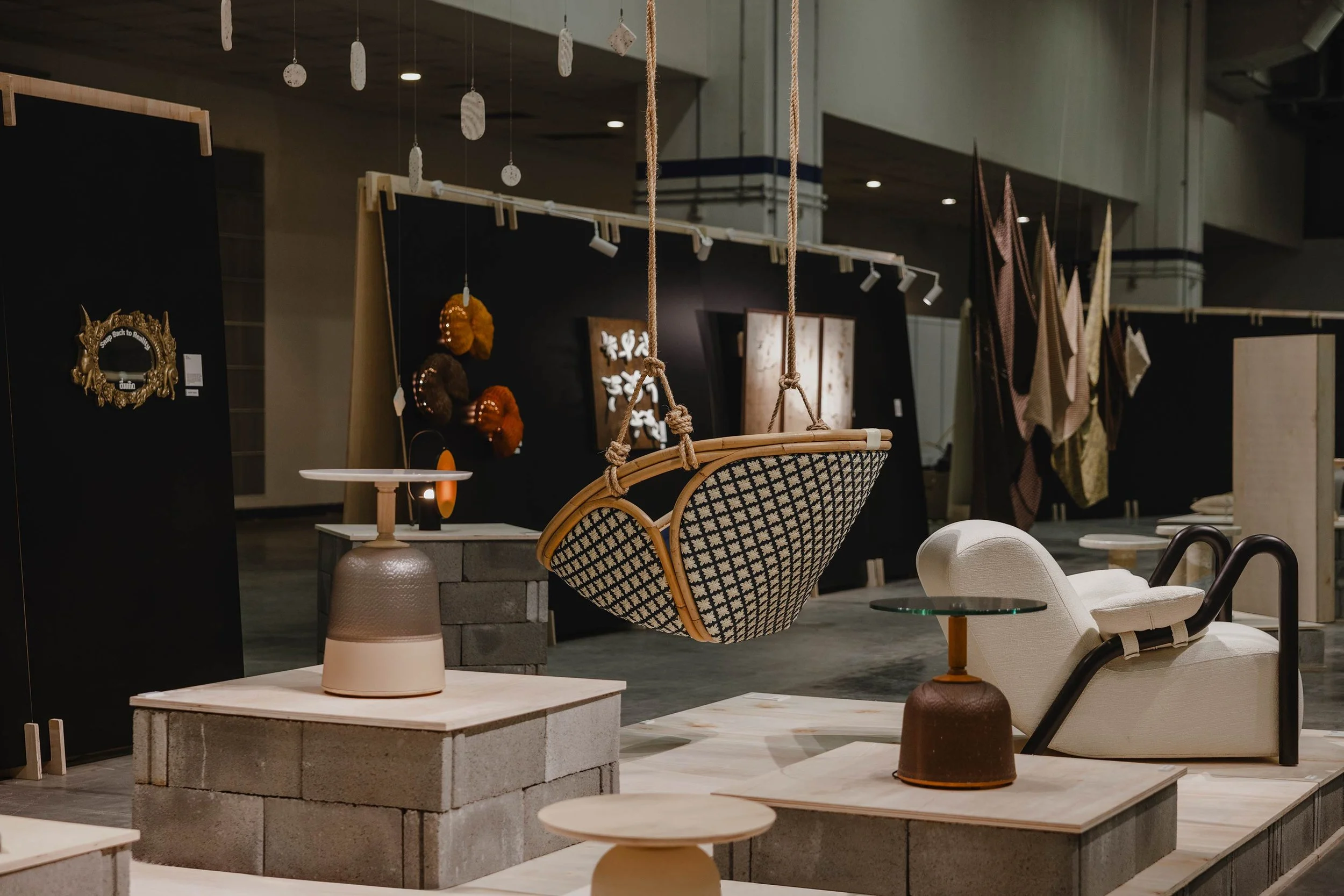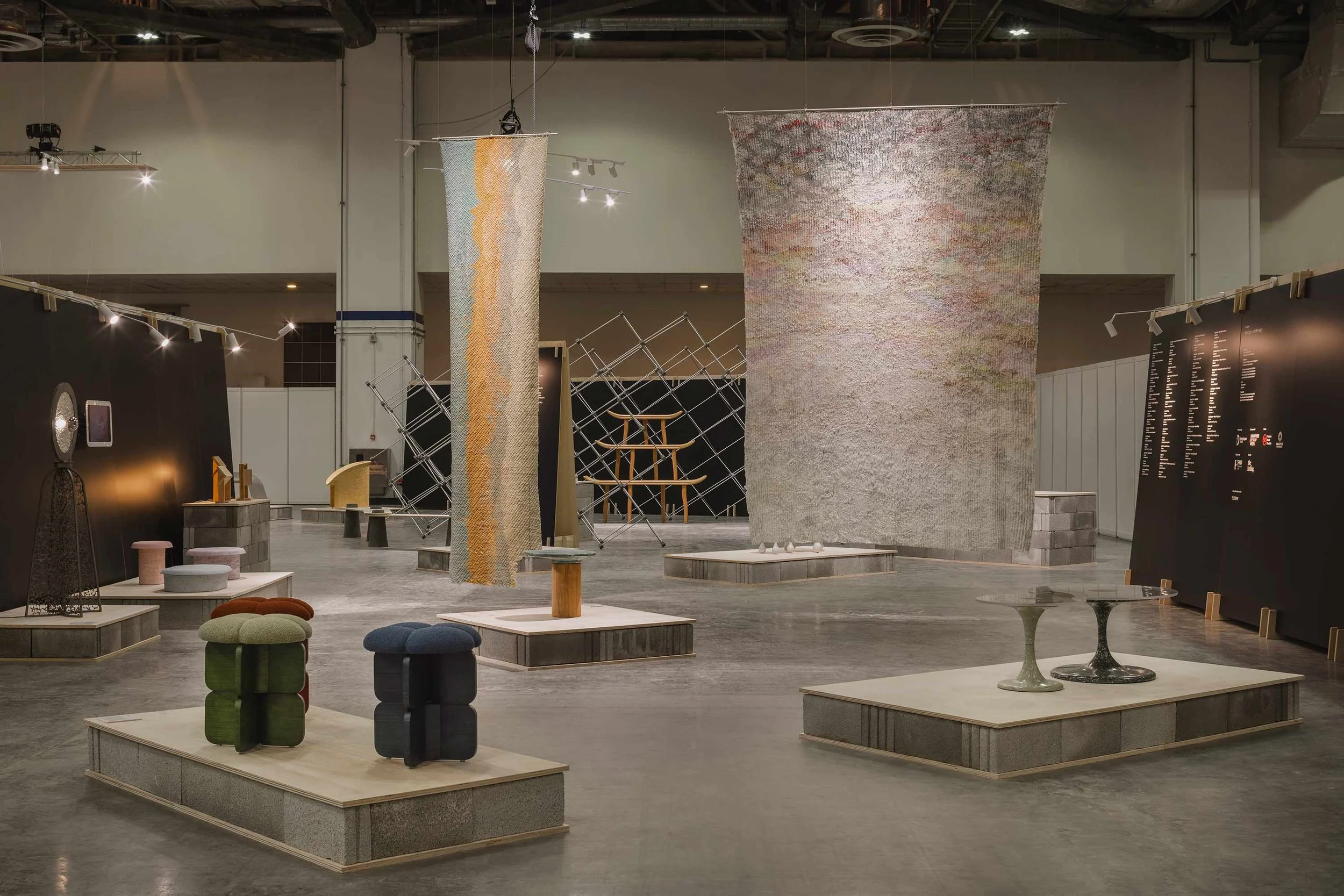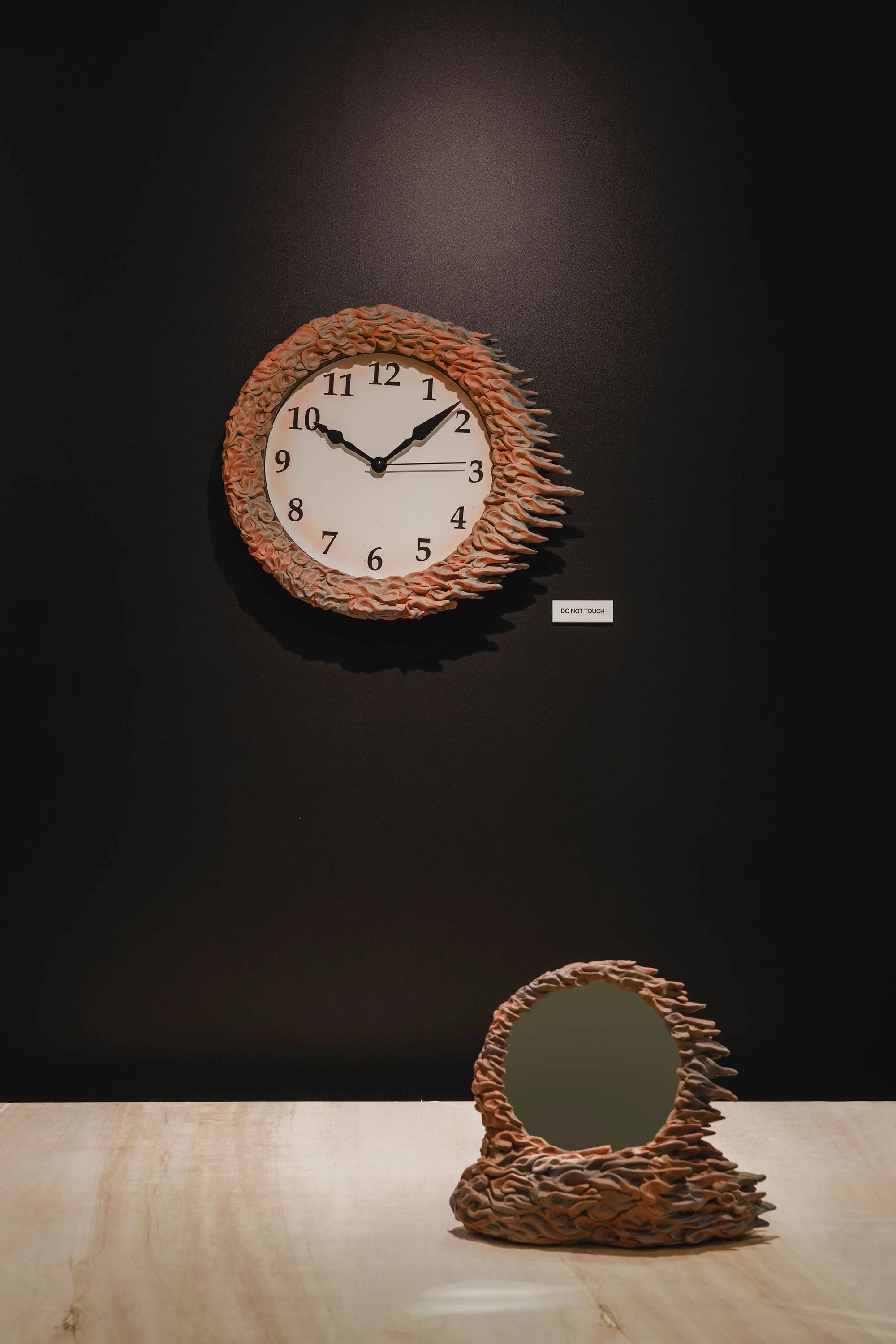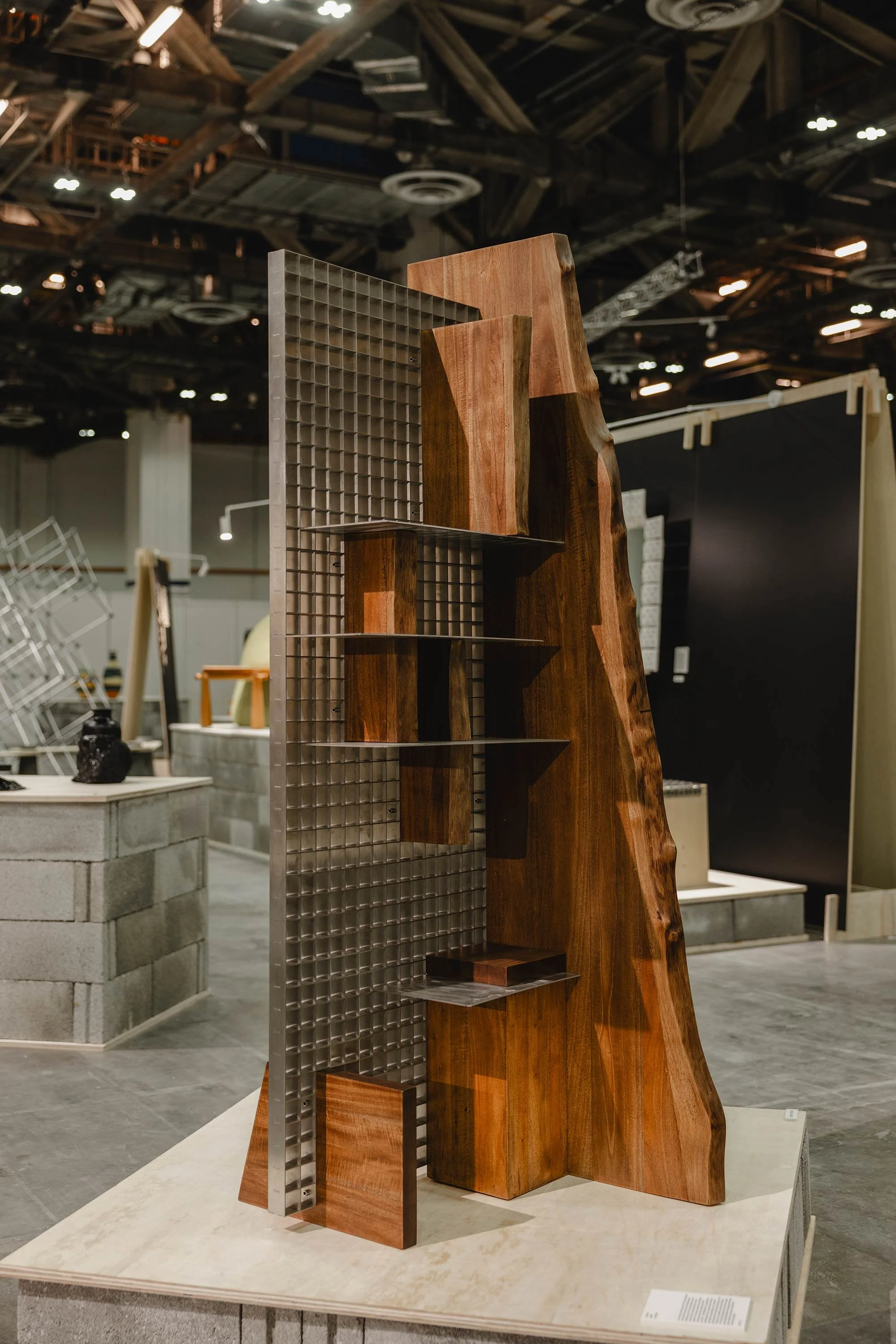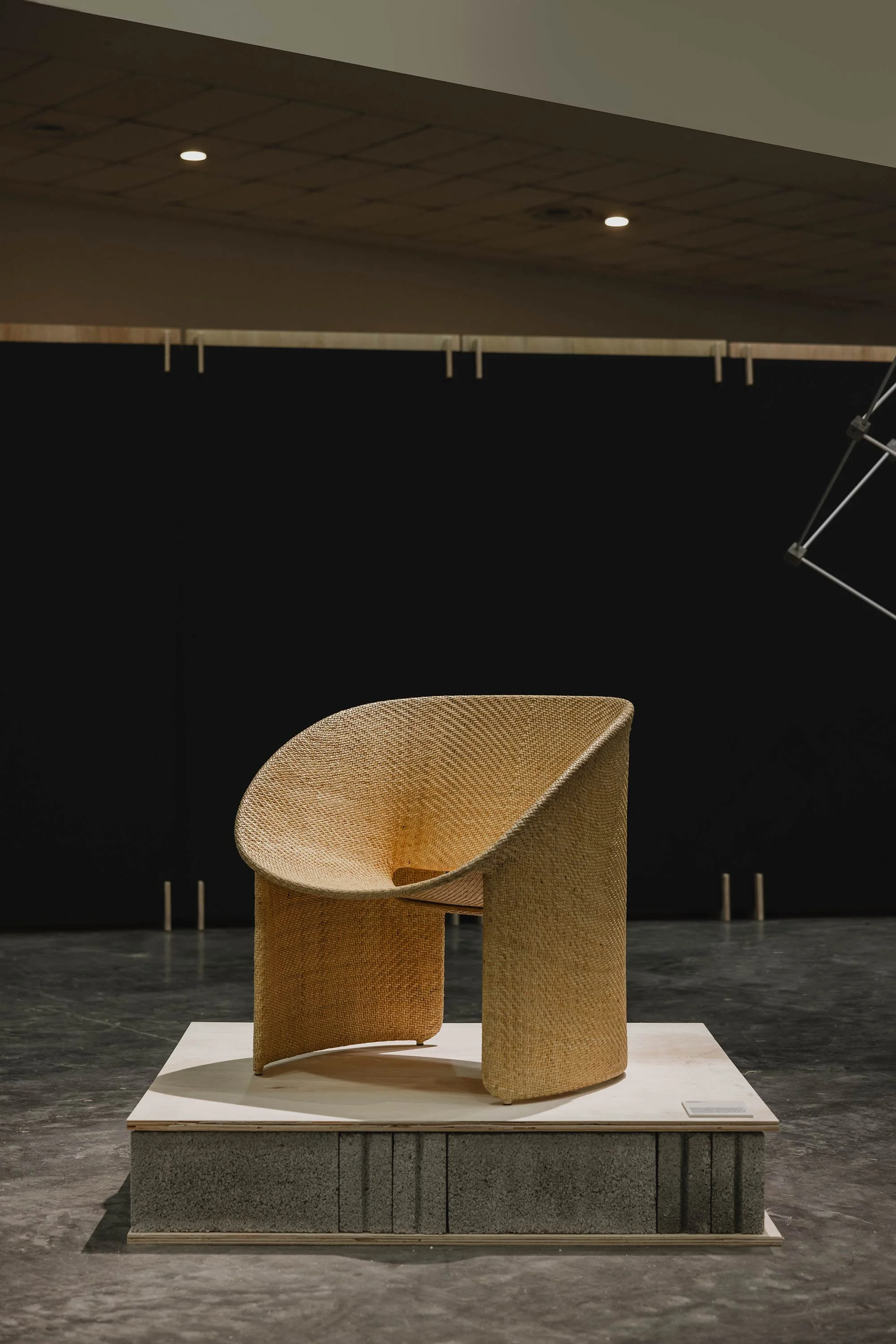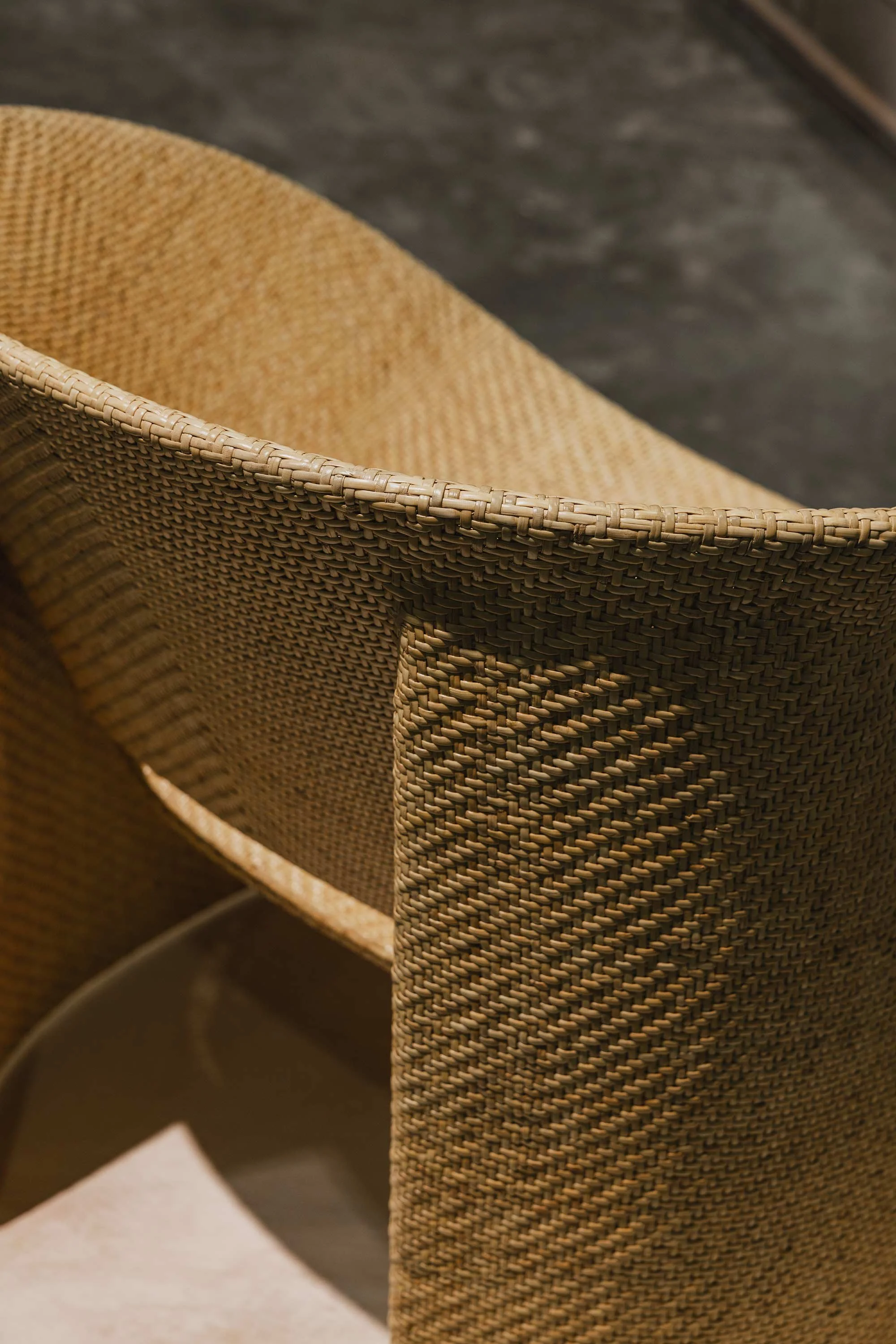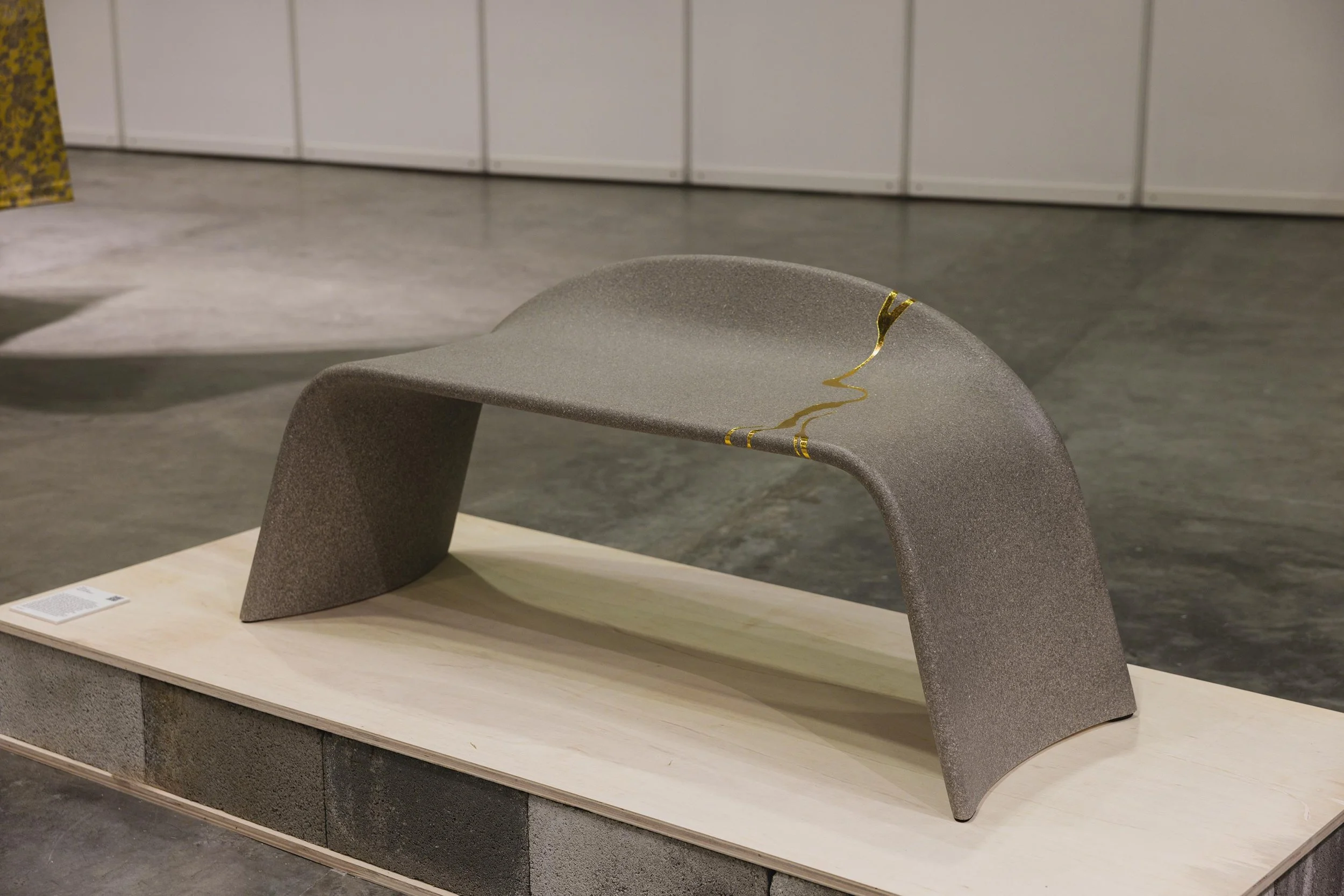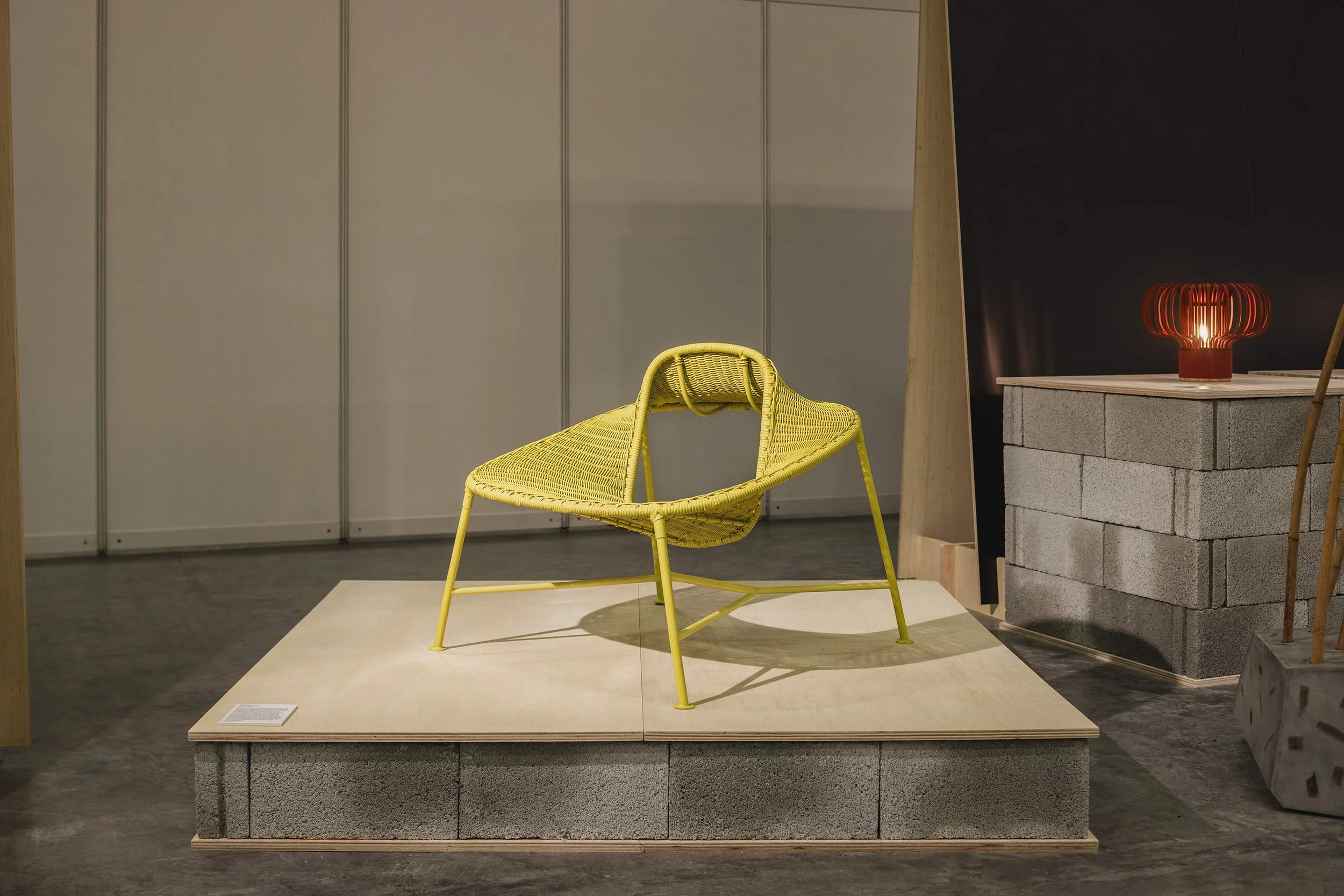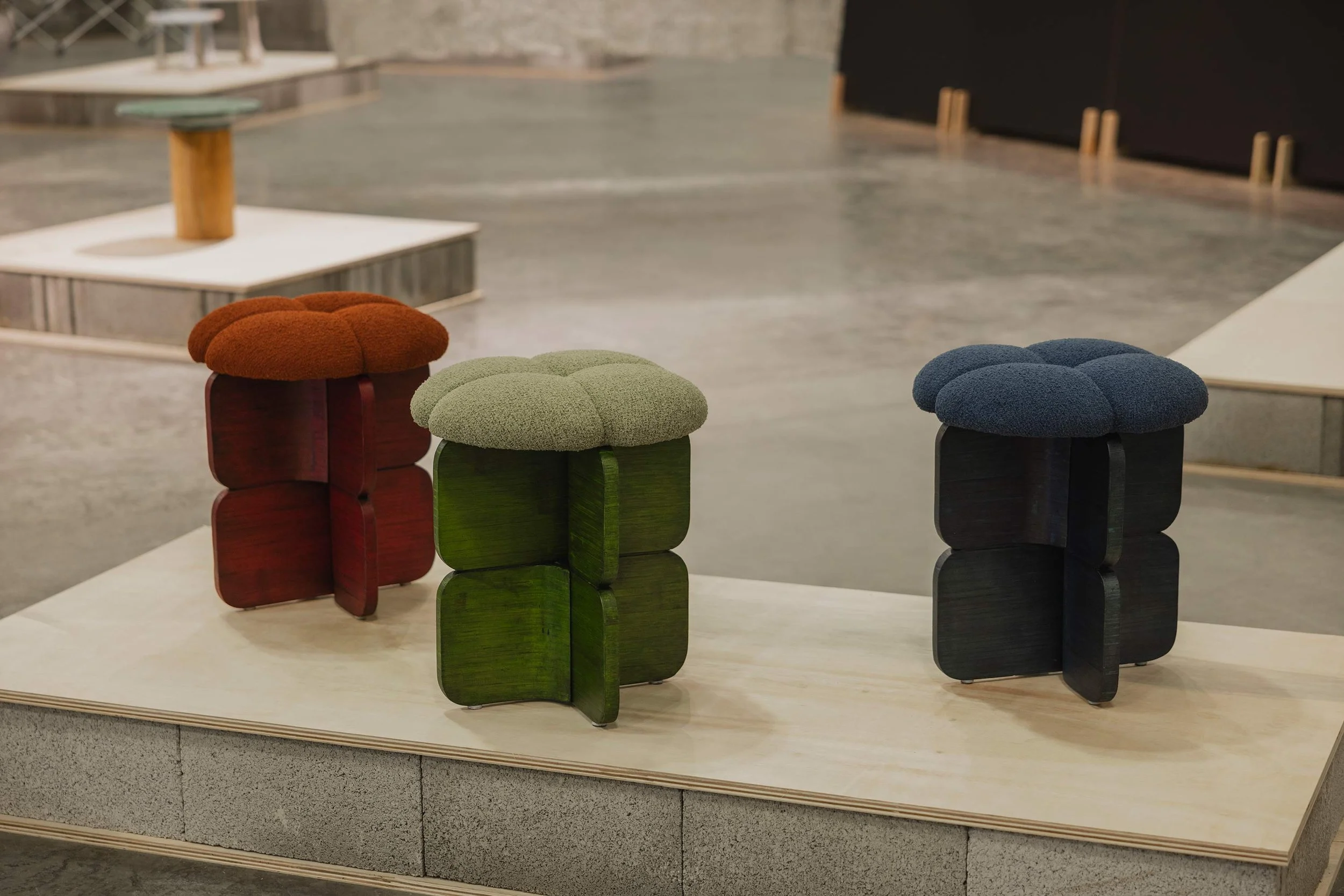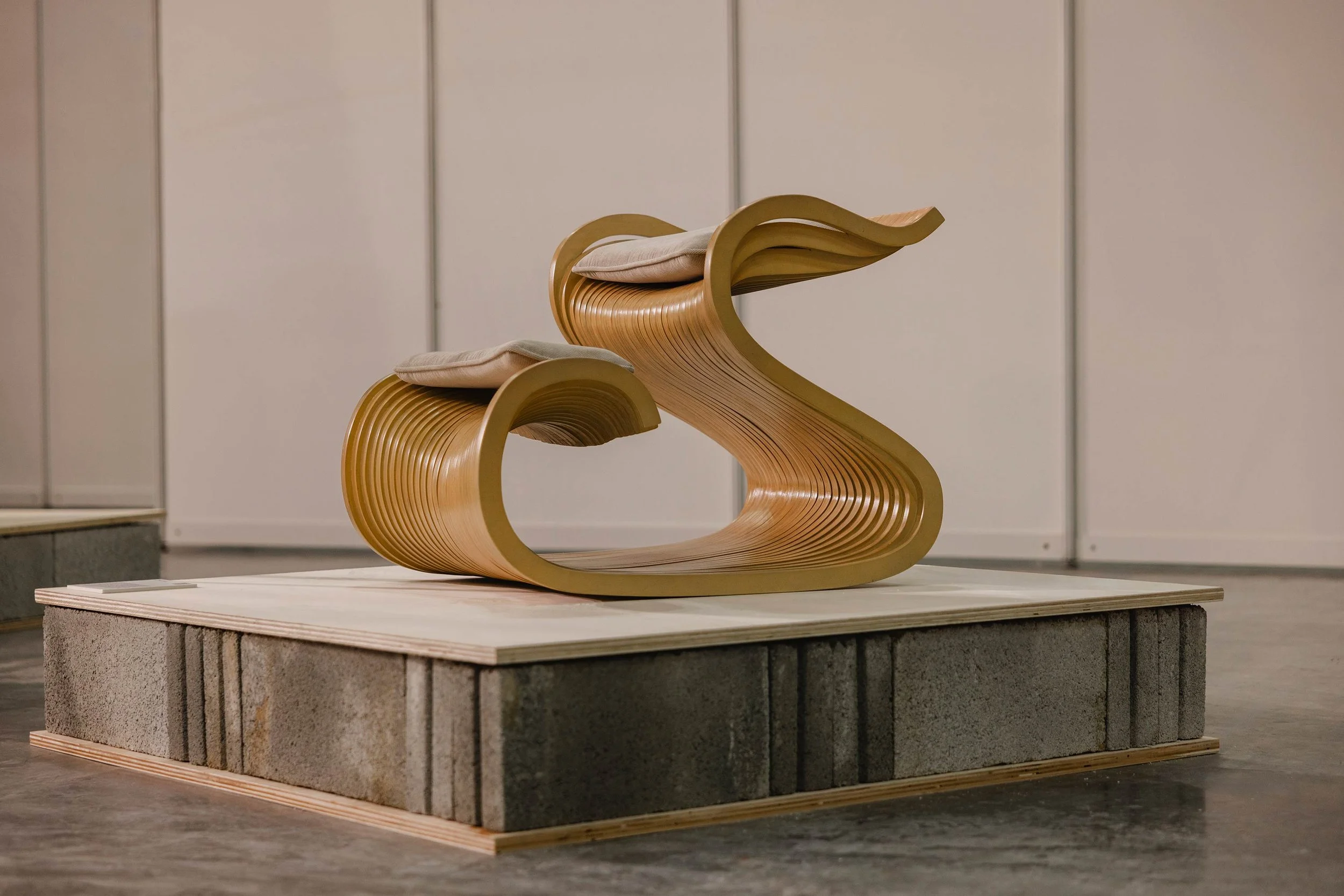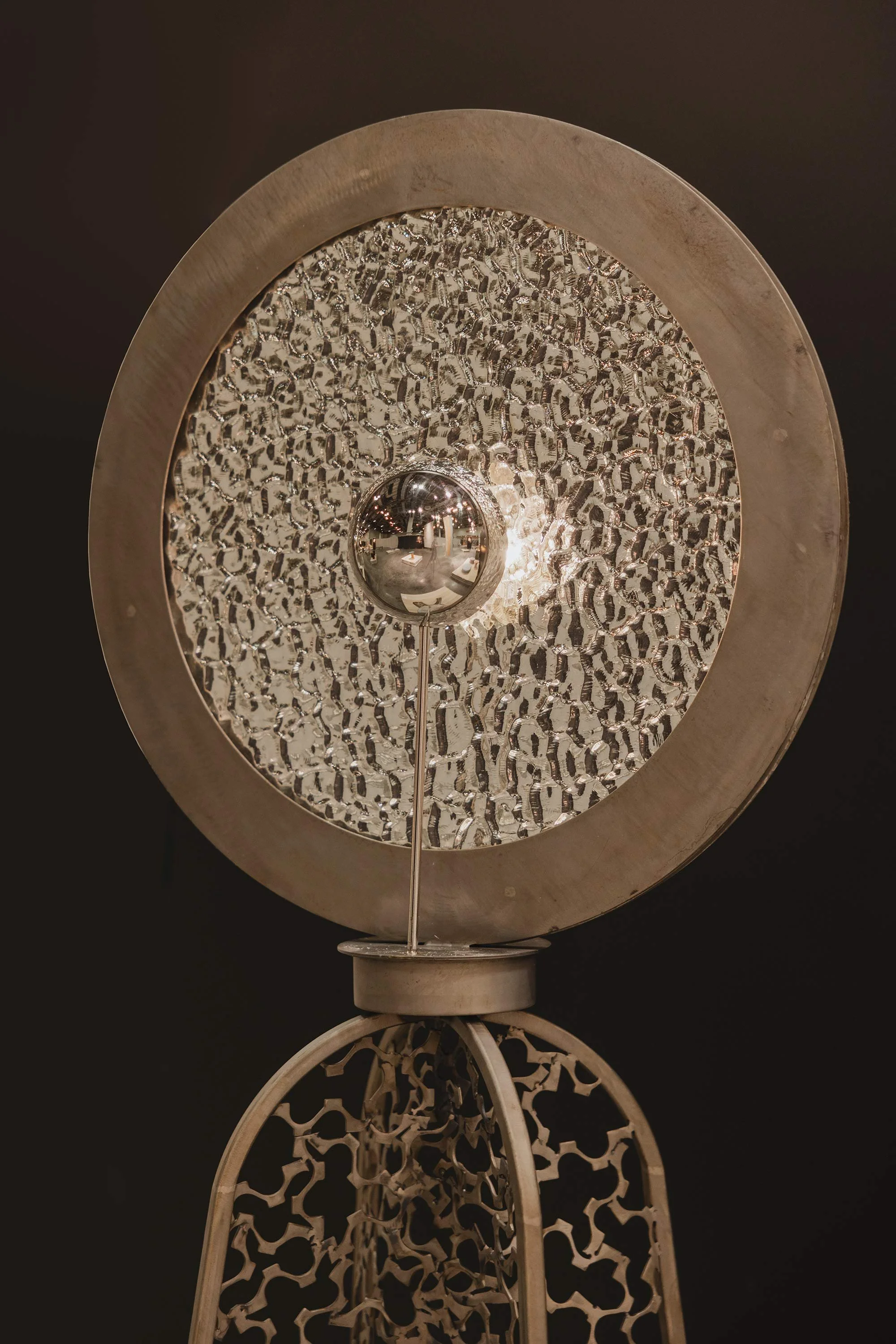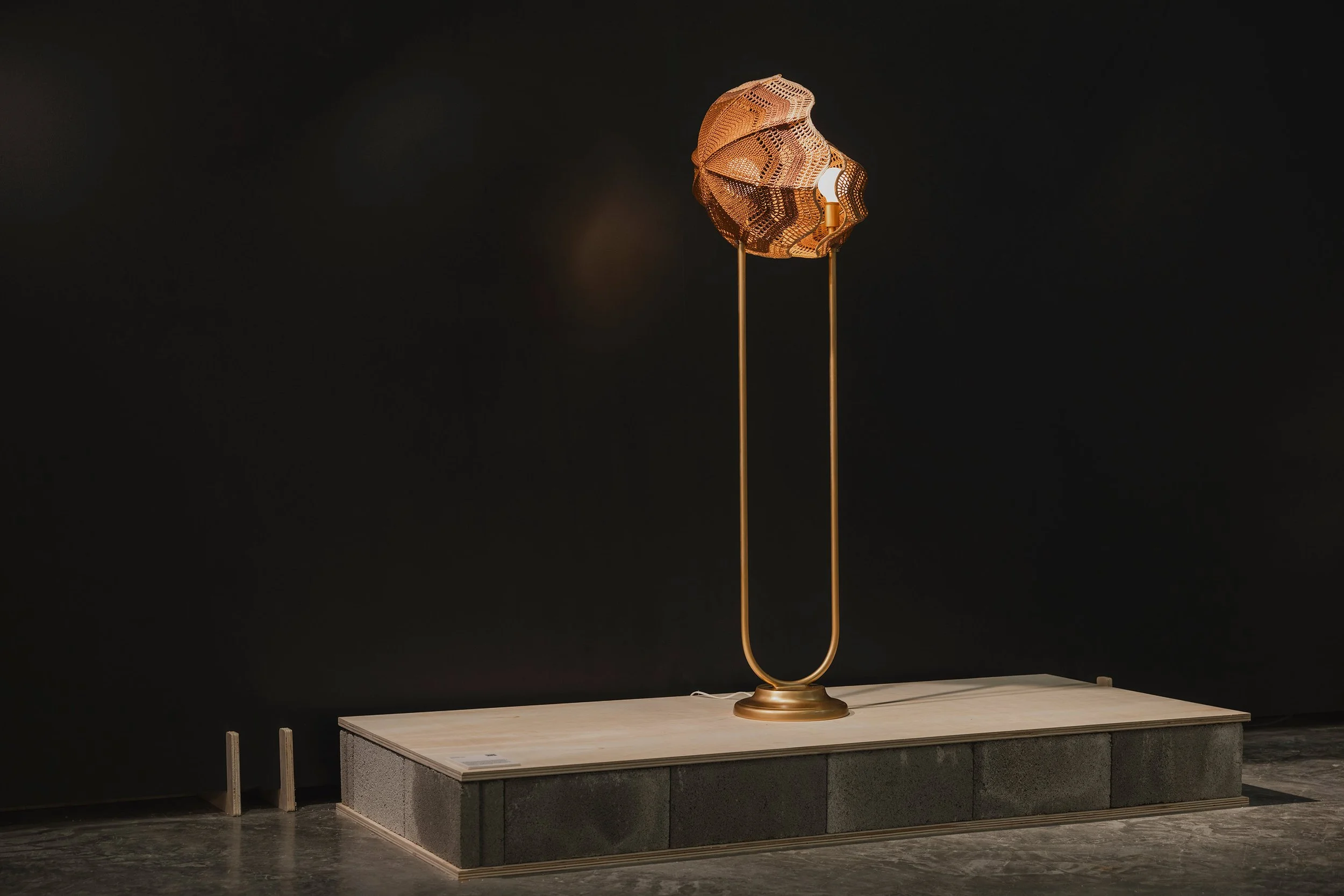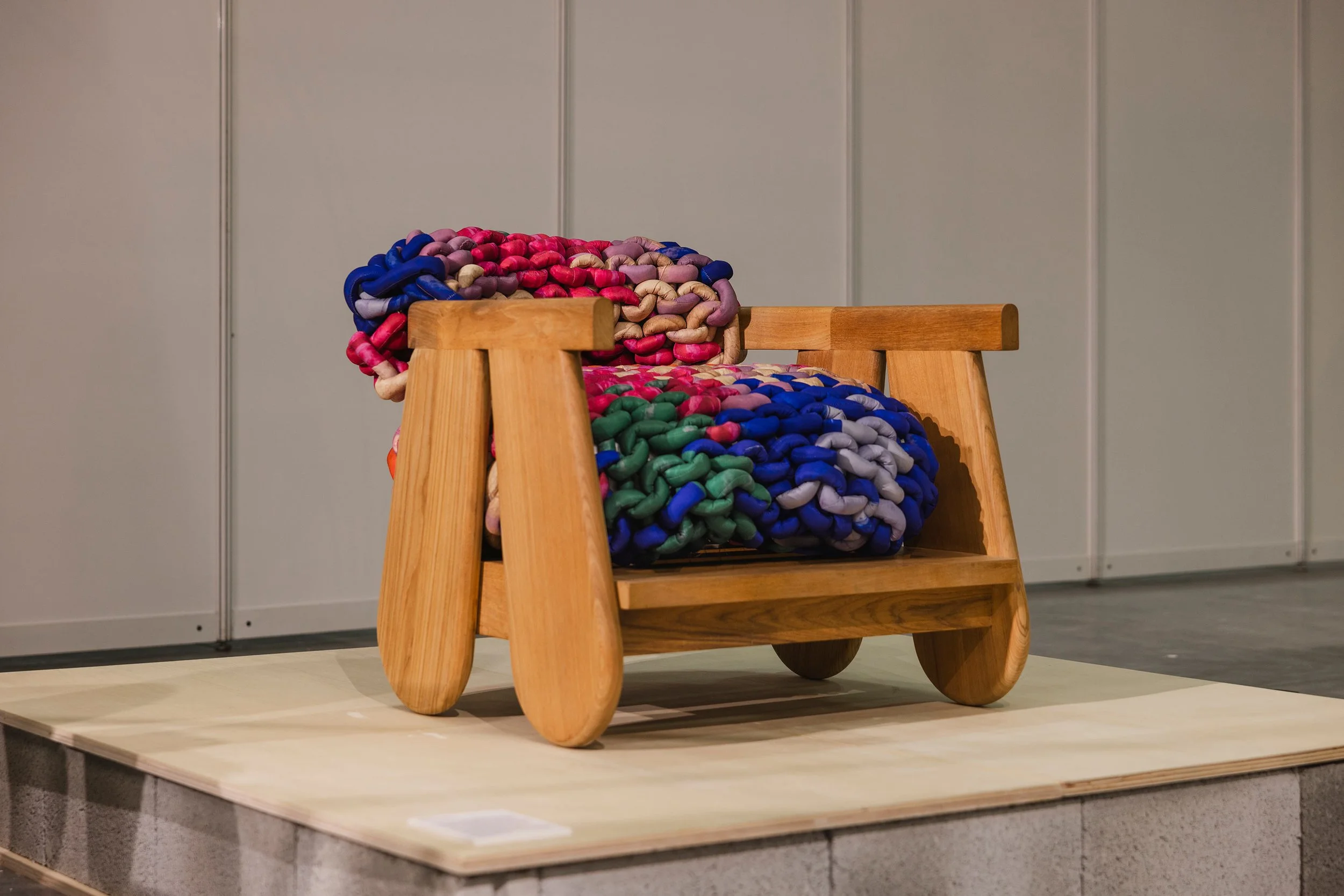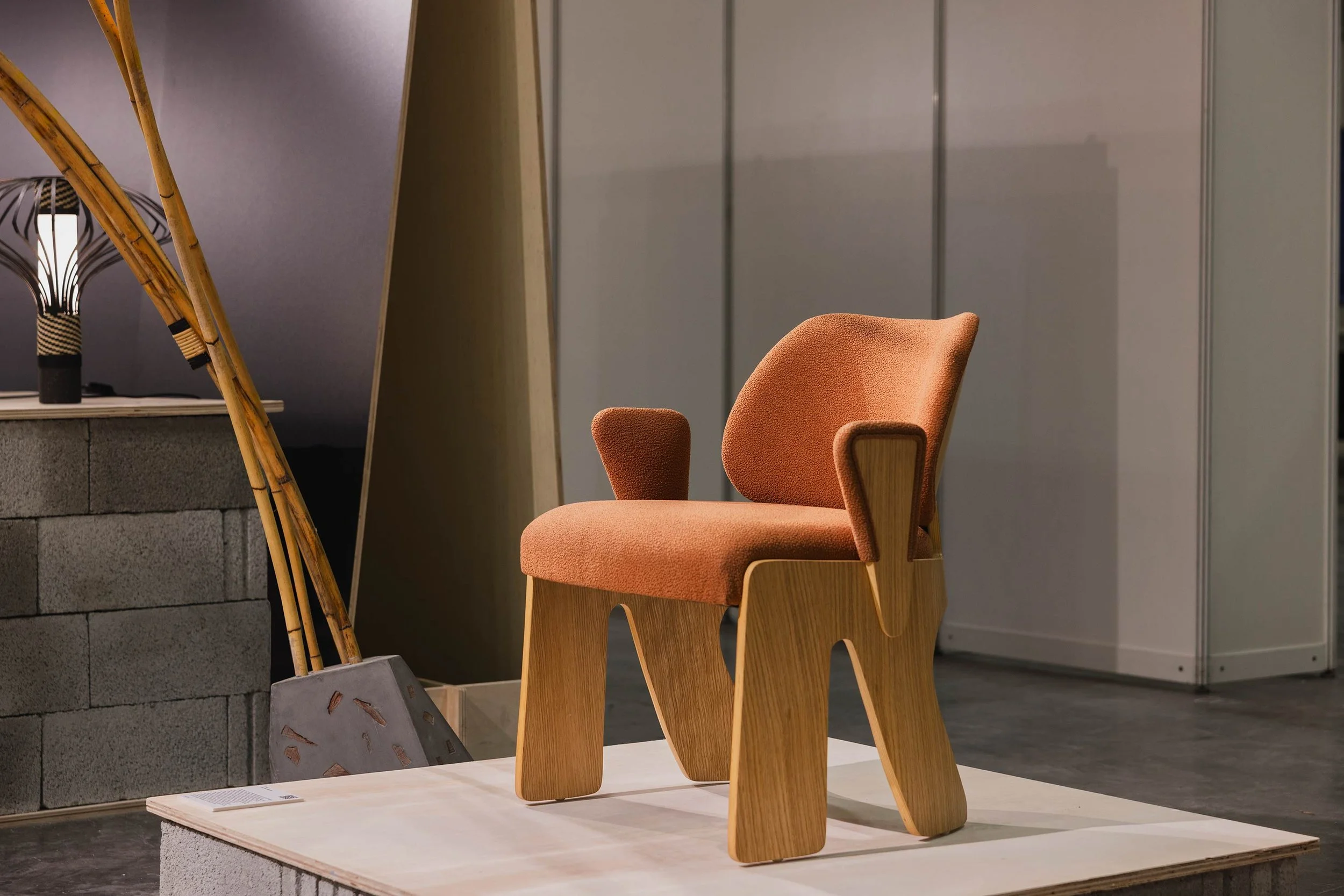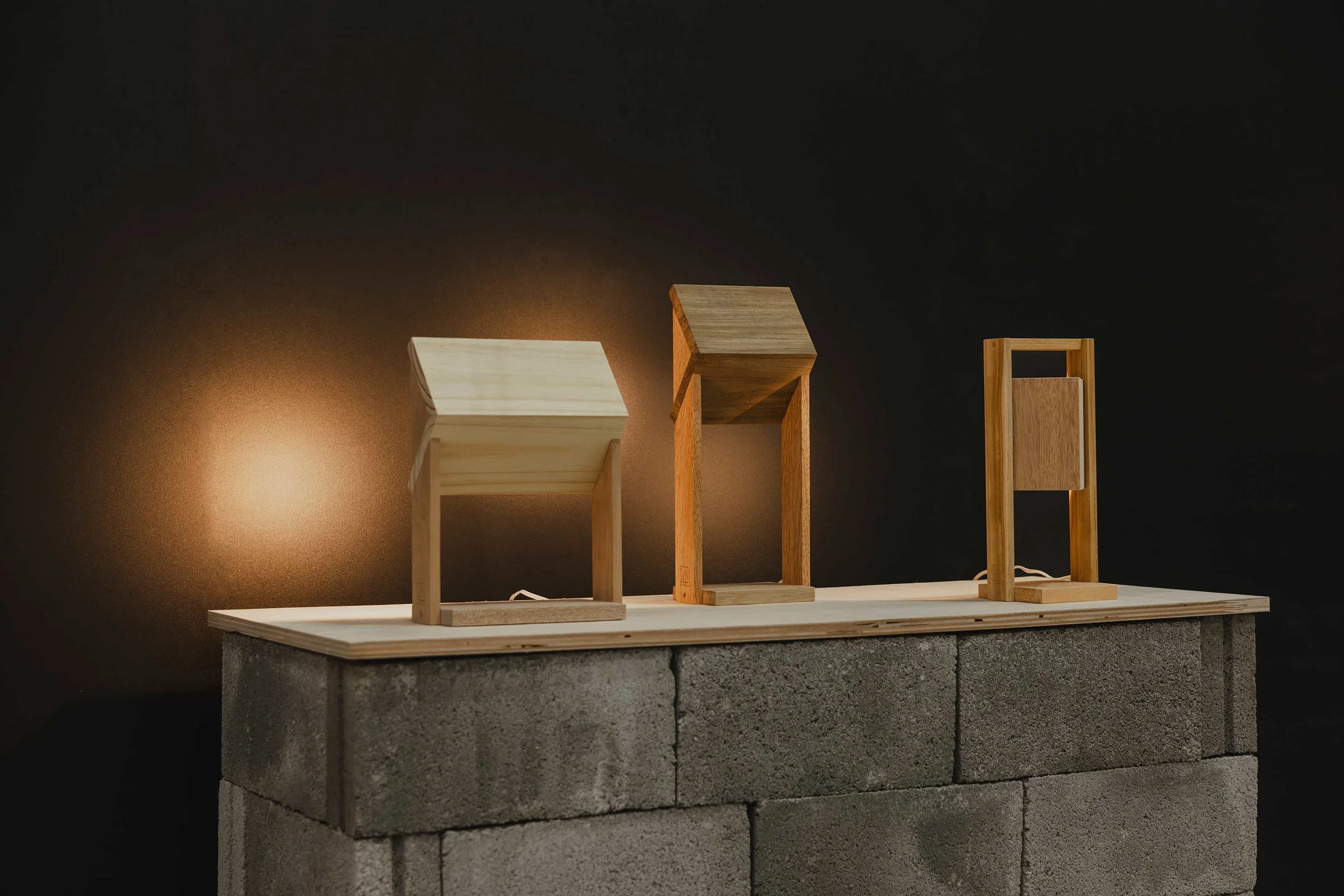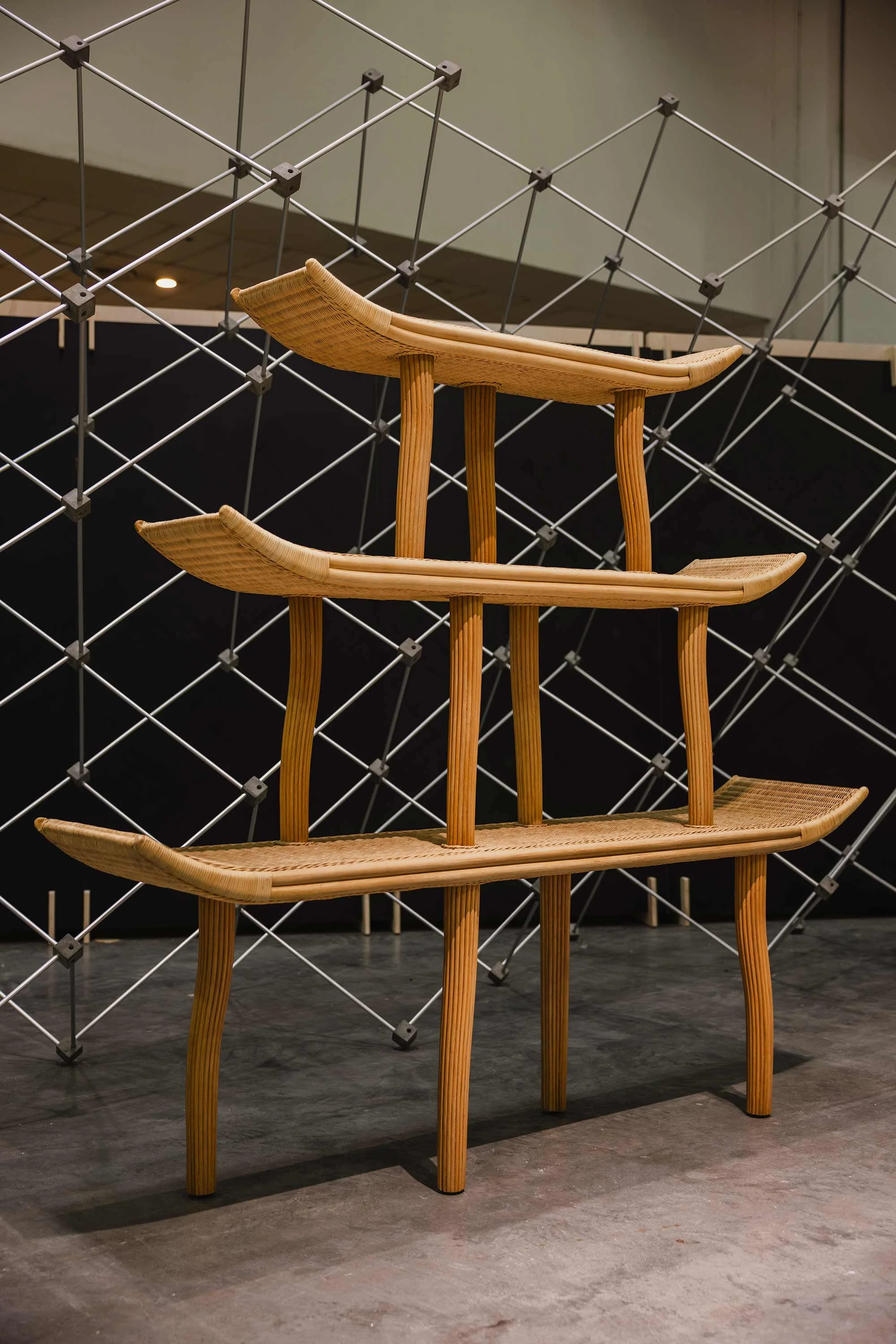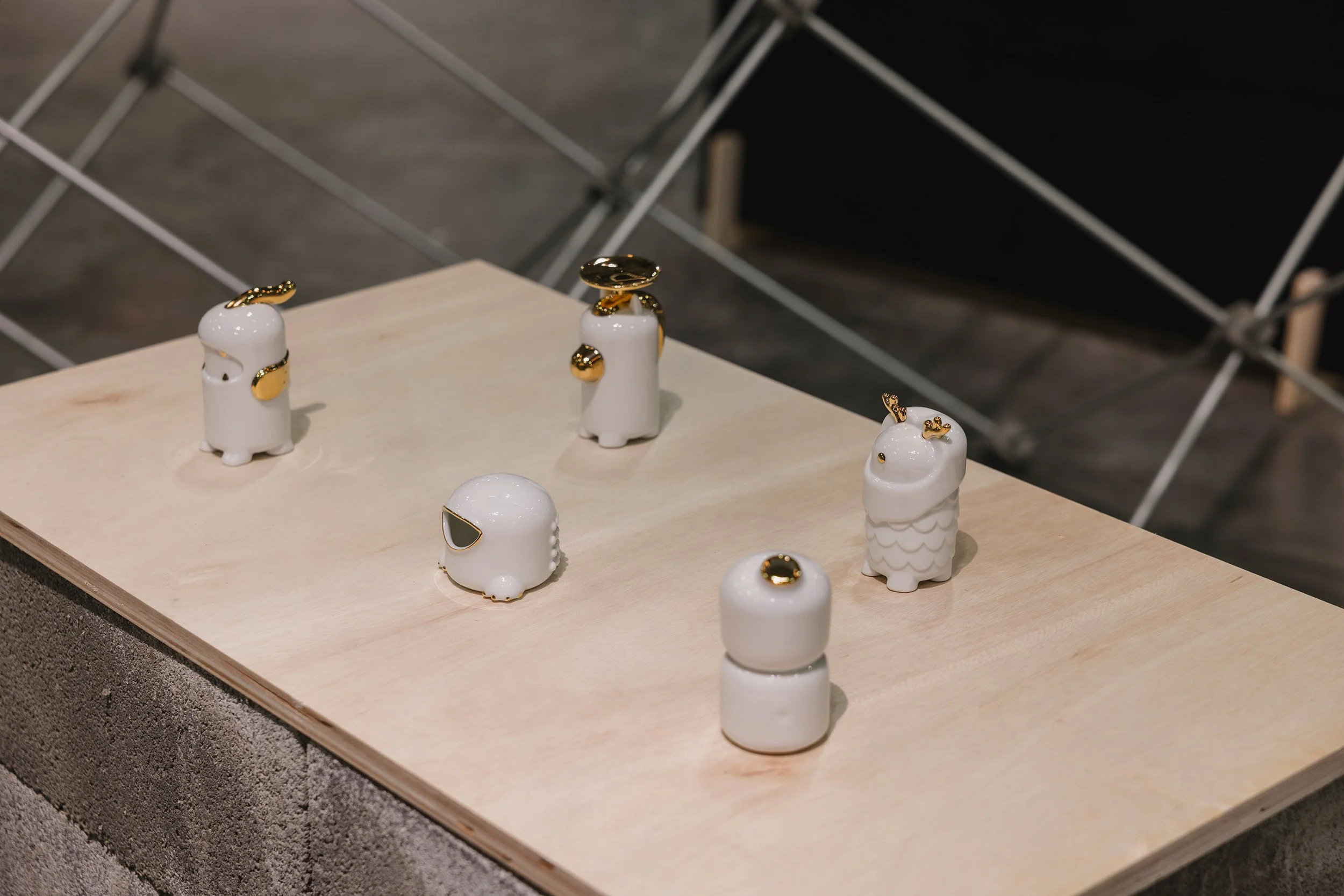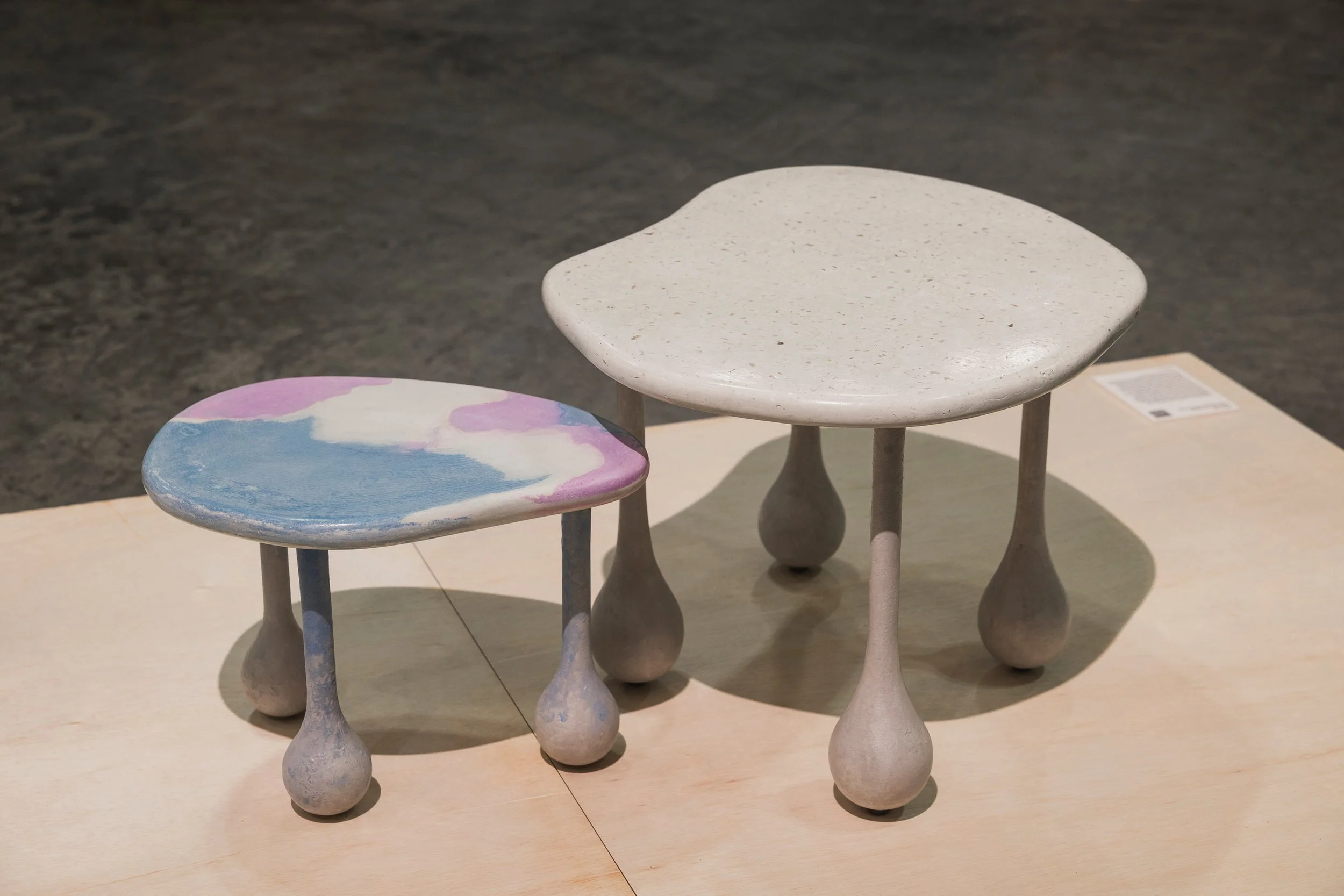Core Values: Southeast Asian Designers at Emerge 2024
Southeast Asian designers come together at Emerge @ Find during Singapore’s Design Week, demonstrating the region’s creative potential
The Southeast Asian design showcase Emerge @ Find returned to Singapore Design Week in September, with the third edition featuring over 60 designers from Singapore, Malaysia, Thailand, Indonesia, Vietnam and the Philippines.
This year’s show highlighted several recent design graduates, some of them having never presented work outside of their homeland. Such intent underscores Emerge’s purpose, where Southeast Asian designers have, for the most part, slipped under the radar of international media publications. ‘There is no lack of talent in this region, but designers from some of these countries don’t quite have the necessary support and budget to show their work in Milan or regional design fairs,’ says curator and Design Anthology founder Suzy Annetta.
Designers created works around the curatorial theme of These Precious Things, exploring what ‘value’ meant to them personally. ‘I was interested in investigating the different layers that come together under the word “value”,’ says Annetta. ‘What is the value of something that is kept or thrown away? Who determines that? There are many things that have value but you can’t really put a dollar sign next to them.’
And the responses were nothing short of remarkable. A crop of designers experimented with the ambits of materiality and innovation, incorporating future-forward materials that stand up to the looming climate crisis. Bangkok-based Thinkk Studio crafted furniture and homewares from seafood restaurant waste like crab and mussel shells, while Indonesian designer Nikko Wonoto created stools from bamboo, a material that’s abundant in his country and regenerates quickly. Singaporean duo Gin&G worked closely with local supplier Pass It On Studio to create pieces from biocomposite waste materials, such as tables made from rice husk and a chair constructed partially from eggshells. ‘These sustainable materials from Pass It On are available to other designers as well, so it was a good opportunity to show how they can be applied onto different surfaces and scales,’ says Genevieve Ang from Gin&G.
Other designers approached materiality through the lens of preserving culture and tradition and many of them demonstrated the art of fusing heritage craft with contemporary forms. Vietnamese designer Khanh Linh Phan reimagined crochet techniques in lighting pieces, while Malaysian designer Mohd Sujak Hasbollah paid homage to pasak, an ancient woodworking method that uses wooden nails, with his eye-catching Lokka chair.
Some designers were taken by the intangible aspects of ‘value’, be it memory or spirituality. Indonesians Alvin Tjitrowirjo and Angela Mayrina from AlvinT believe that the most valuable objects hold spiritual significance, which led them to create a rattan altar-like structure. ‘Just like how altars are a portal for people to pray, this piece holds a spiritual connection with nature, where the legs resemble animal limbs while the upturned corners reference temples,’ says Tjitrowirjo.
Interestingly, Penang-based studio Sputnik Forest, too, crafted a series of altars, but with an industrial edge. Designers Xin Dean Chong and Wei Ming Tan envisioned their metal creations as a ‘doorway to inner peace, renewal and enlightenment,’ they say. The commonalities between Alvin T and Sputnik Forest’s works are a fitting reflection of what Emerge stands for: connection and amplification. Southeast Asia may be diverse, with its disparate languages and cultures, but when designers from the region gather, the world takes heed of the groundswell.
Text by Joseph Koh
Images by Studio Periphery


